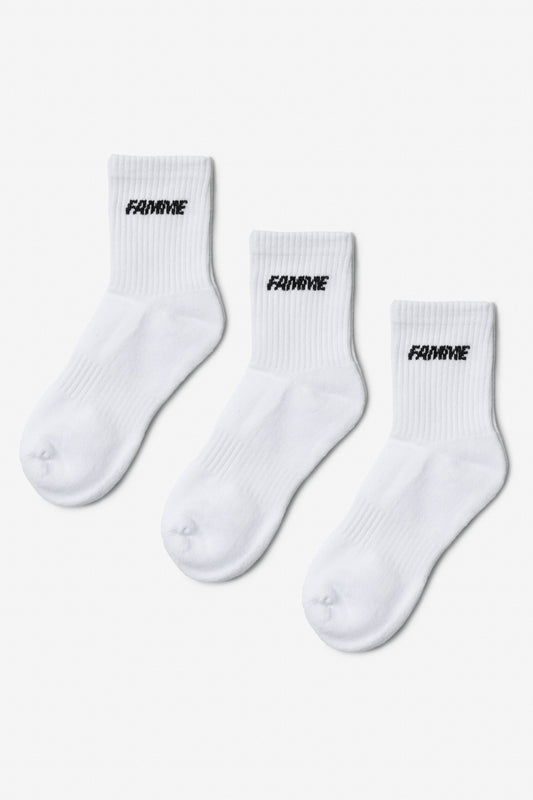Donkey Kicks
Donkey Kicks are an excellent exercise for strengthening the glutes (seat muscles) and the core . This isolation exercise primarily targets the back of the body and helps shape and tighten the glutes, while improving stability.
Correct Technique
Follow these steps to perform Donkey Kicks correctly:
- Start on all fours with your hands placed under your shoulders and your knees just below your hips.
- Engage your core muscles and lift one leg up behind you, while the knee is bent at 90 degrees, and press the heel towards the ceiling.
- Lower the leg in a controlled manner back to the starting position without putting it on the ground.
- Complete all repetitions on one side before switching to the other leg.
Watch another video
Common Errors
Avoid these common mistakes to get the most out of your exercise:
- Back extension: Keep your back straight and avoid bending your lower back while lifting your leg to avoid strain on your lower back.
- For quick execution: Perform the movement slowly and controlled to ensure that the glutes are fully activated.
- Poor core activation: Make sure the core is engaged to stabilize the body during the exercise.
Modifications and Variants
Try these variations to adapt the exercise to your level:
- Beginners: Perform the exercise without weight, or use a resistance band to make it easier.
- Advanced: Use a resistance band around your thighs or add an ankle weight to increase resistance.
- Donkey Kick with Ball: Hold a small fitness ball between your knee and thigh while lifting your leg to focus more on your core.
Repetitions and Sets
Here is a general recommendation for sets and reps:
- Beginner: 3 sets of 10-12 repetitions per leg.
- Intermediate: 3 sets of 15-20 repetitions per leg.
- Advanced: 4 sets of 20+ reps per leg, with added resistance.
Breathing technique
Use proper breathing technique for stability during the exercise:
- Inhale as you lower the leg back to the starting position.
- Exhale as you lift your leg up.


